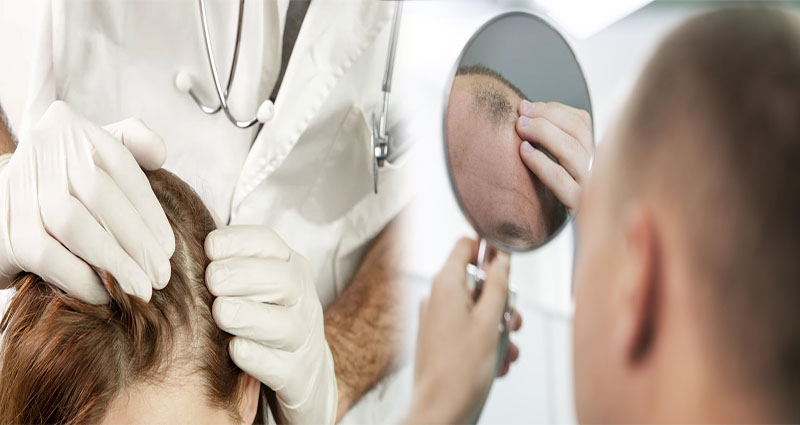In recent years, the popularity of hair transplants as a solution for hair loss has skyrocketed. Individuals struggling with thinning hair or balding spots often turn to this surgical procedure to restore their confidence and natural hairline. One critical factor that plays a significant role in the success of a hair transplant is the individual’s hair type and hair density. Understanding how these factors influence the outcome of the procedure can help potential candidates make informed decisions.
Hair Types and Their Influence on Hair Transplant Success Rates
- Straight Hair: People with straight hair tend to have the best success rates with hair transplants. The nature of straight hair makes it easier to extract and transplant during the procedure, resulting in a higher success rate overall.
- Wavy Hair: Individuals with wavy hair may experience slightly lower success rates compared to those with straight hair. The curvature of wavy hair follicles can make extraction and transplantation slightly more challenging, but with the expertise of a skilled surgeon, successful outcomes are still very achievable.
- Curly Hair: Curly hair presents the most significant challenge during hair transplant procedures. The natural curl pattern of the hair follicles can make it more difficult to extract and transplant, leading to potentially lower success rates. However, advancements in hair transplant techniques and technologies have made it possible to achieve successful outcomes even for individuals with curly hair.
Hair Densities and Their Impact on Hair Transplant Results
- High Hair Density: Individuals with high hair density typically have the best results with hair transplants. With a greater number of donor hairs available for extraction, surgeons can achieve fuller and more natural-looking results in a single procedure.
- Medium Hair Density: Those with medium hair density may require multiple sessions to achieve desired results. While the success rate is still high, the limited donor hair available for transplantation may mean that the desired density and coverage take longer to achieve.
- Low Hair Density: Individuals with low hair density may face challenges in achieving desired outcomes with a single procedure. However, advancements in hair transplant techniques, such as FUE (Follicular Unit Extraction) and FUT (Follicular Unit Transplantation), can help address these challenges and improve success rates for individuals with lower hair density.
The success of a hair transplant procedure is highly dependent on an individual’s hair type and density. While some hair types and densities may present challenges, advancements in hair transplant technology and the expertise of skilled surgeons have made successful outcomes achievable for a wide range of candidates. By consulting with a qualified hair transplant specialist and discussing individual goals and expectations, individuals can make informed decisions and embark on a journey to restore their natural hairline and confidence.










